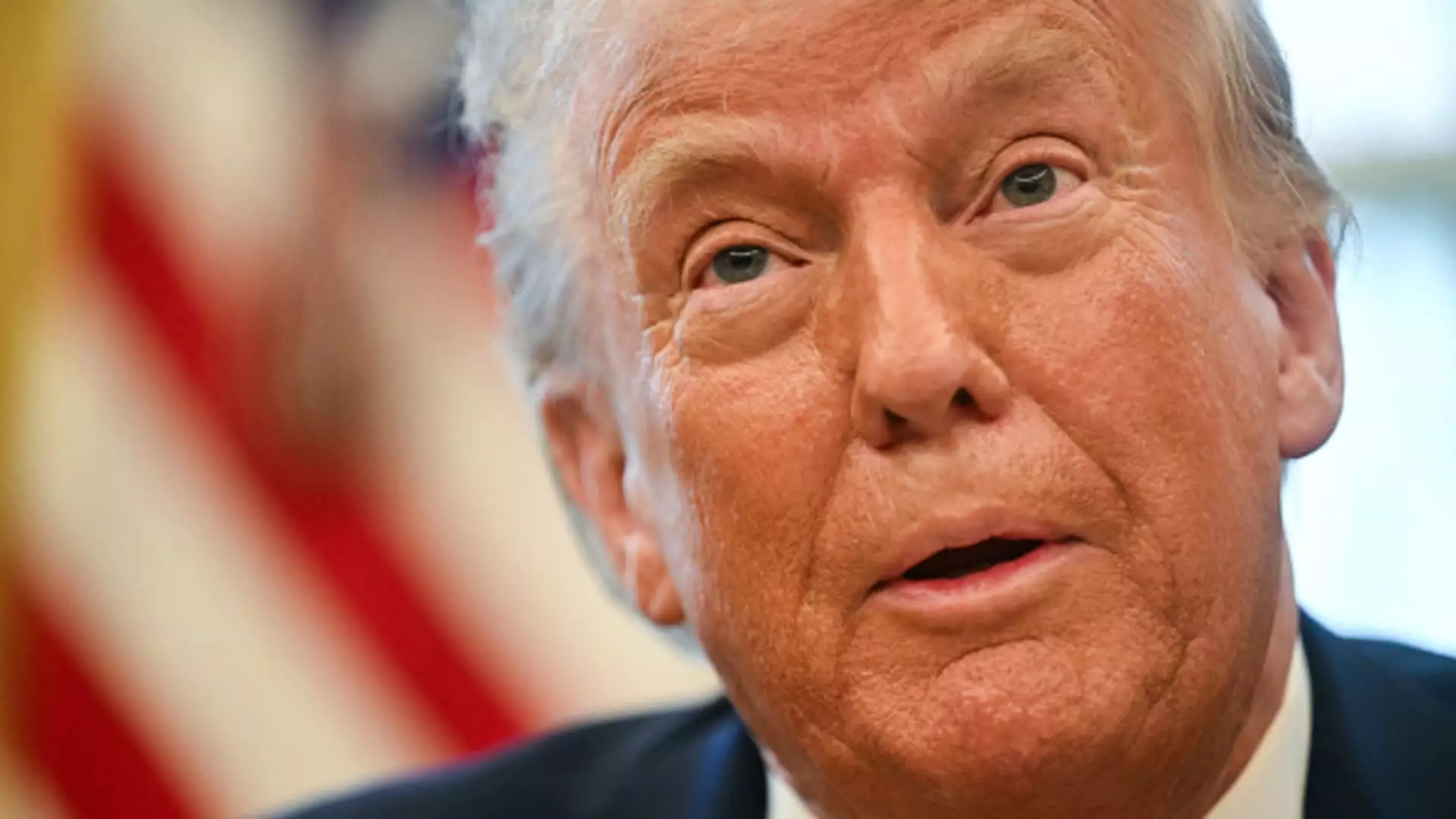On a recent Monday, President Donald Trump took a significant step towards what could become a monumental shift in America’s economic landscape by signing an executive order to establish a government-run sovereign wealth fund. This fund is envisioned not merely as a financial tool, but as a strategic asset that may bolster U.S. influence in geopolitical hotspots and fuel domestic infrastructural advancements. Treasury Secretary Scott Bessent highlighted the intention to leverage assets in the U.S. balance sheet, exemplifying a broader vision where public funds could enhance both the economy and the nation’s global standing.
The proposed sovereign wealth fund aims to channel investments into critical infrastructural projects such as airports, highways, and potentially, even technology firms like TikTok. During his campaign, Trump mentioned the fund as a way to finance “great national endeavors,” asserting that tariffs could serve as a reservoir for funding, reminiscent of how other countries derive income from taxes on natural resources and financial transactions. By directing capital towards infrastructure, the initiative seeks not only to rejuvenate domestic growth but also to elevate the U.S.’s stance as a competitive force amid other countries boasting similar funds, such as Norway and China.
Historically, sovereign wealth funds have thrived in countries endowed with vast natural resources and budget surpluses, contrasting sharply with the United States, which has been grappling with substantial deficits. For instance, Norway’s sovereign wealth fund—currently the world’s largest—holds over $1.7 trillion in assets, stemming largely from oil revenue. In comparison, the U.S. finds itself in a unique position, attempting to establish a fund without the same fiscal benchmarks that mediate the operations of its global counterparts. This difference raises questions about the fund’s sustainability and effectiveness as an economic tool for the U.S.
While the concept of a sovereign wealth fund in the U.S. is not unprecedented, implementing such a model faces formidable challenges. Critics are concerned that a lack of stringent governance and transparency might pave the way for conflicts of interest and corruption. Without strict regulatory frameworks, the fund could become a breeding ground for inefficiencies—mirroring concerns raised in other nations where similar funds have come under scrutiny. The delicate balance of ensuring public accountability while generating profitable returns is a tightrope that any prospective U.S. sovereign fund would have to walk.
As discussions surrounding the fund evolve, it remains imperative that careful consideration goes into its design and operation. An improperly managed fund could exacerbate existing economic disparities, fueling discontent among citizens keen on seeing tangible benefits from government-led initiatives. Moreover, the allure of acquiring stakes in companies like TikTok indicates an intention not just to invest but also to wield regulatory influence, raising ethical questions about the intersection of economics and social media governance.
The prospect of a U.S. sovereign wealth fund is laden with potential yet fraught with complexities. As the administration pushes forward, the focus should be on building a framework that maximizes benefits while safeguarding against the pitfalls that have hindered similar initiatives in other parts of the world. The journey towards establishing such a fund may serve as a litmus test for the nation’s ability to adapt its economic strategies for modern challenges.

